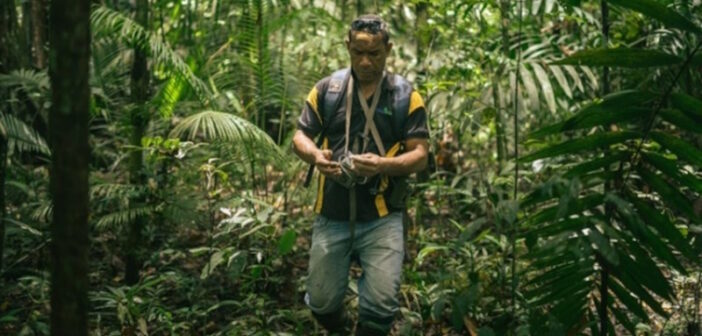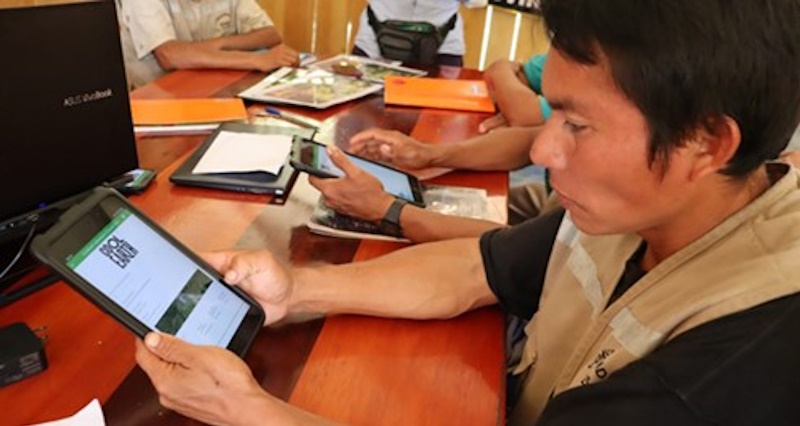In the global fight against climate change, our best chance at finding a solution will likely come from technology and sustainability data. Cool Earth, one of Hexagon’s all important charity partners, is leading the way.
We’ve been supporting this remarkable organisation since January 2023 and in that time they’ve amazed is with their dedication and their innovative approach to protecting the rainforests. They do that by empowering the local communities within it, and one of the most exciting methods is to provide access to technology and connected devices opening a wealth of data.
Back in July 2021, Cool Earth announced the Rainforest Labs project. By offering satellite monitoring and cutting-edge mapping technology, Cool Earth enables indigenous communities to access real-time data, giving them the power to identify and respond to threats promptly, bridging the gap between data and action.
At the core of this initiative is the commitment to provide local communities with the data they need and the means to interpret it and the ability take action. Part of the project involves providing essential resources like Wi-Fi access, laptops and the technical training they need to maximise the impact of their actions.
The Amazon rainforest covers 60% of the Peruvian territory. More than a quarter of the population identifies as part of the 55 Indigenous nations in the country. Despite their historical role in protecting ecosystems, they face significant inequalities. According to the 2017 census, 2.9 percent of Indigenous communities in Peru have internet access; and 0.5 percent have cell phone service. (www.coolearth.org)
The Cool Earth team realised that there’s lots of useful data already in the public domain, but it’s locked up in silos where it can’t get to the people who need it. For instance, there’re research studies covering biodiversity changes, weather maps, hydrological surveys, all sorts of useful information all freely available. Rainforest labs is about linking it up with indigenous communities, granting them control over their land, and ultimately their future.
The expansion of Rainforest Labs in 2023, particularly in Northern Peru and Papua New Guinea, showcases the success and growing demand for these initiatives.
The challenges of sustainability data
The challenges of this project have been significant. The Cool Earth team have had to work on infrastructure development to create the connectivity hot spots. That’s meant bringing generators to create a reliable power source and then there’s the challenge of setting up a satellite telephone. Security has also been an important challenge – we’re talking about bring state of the art technology into some of the most remote jungle locations and that presents some interesting challenges.
Overcoming these obstacles demonstrates the resilience and commitment of both Cool Earth and the communities they work with, a commitment that Hexagon wholeheartedly supports.
The integration of sustainabilty data and advanced technology enabling the Rainforest Labs embodies our belief in that innovation will drive positive environmental change. By providing resources, technical support, and collaborative efforts, we aim to contribute to a sustainable future for these communities and our planet as a whole. Together, we can empower communities to protect their forests and combat the climate crisis.
For more information about Cool Earth and their Rain Forest Labs project visit www.coolearth.org















